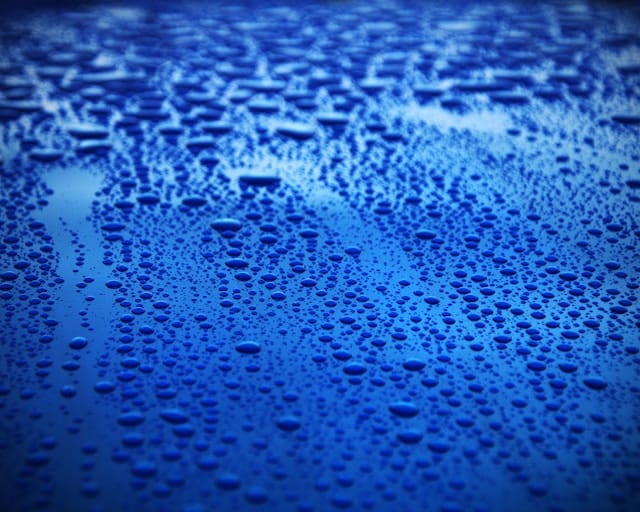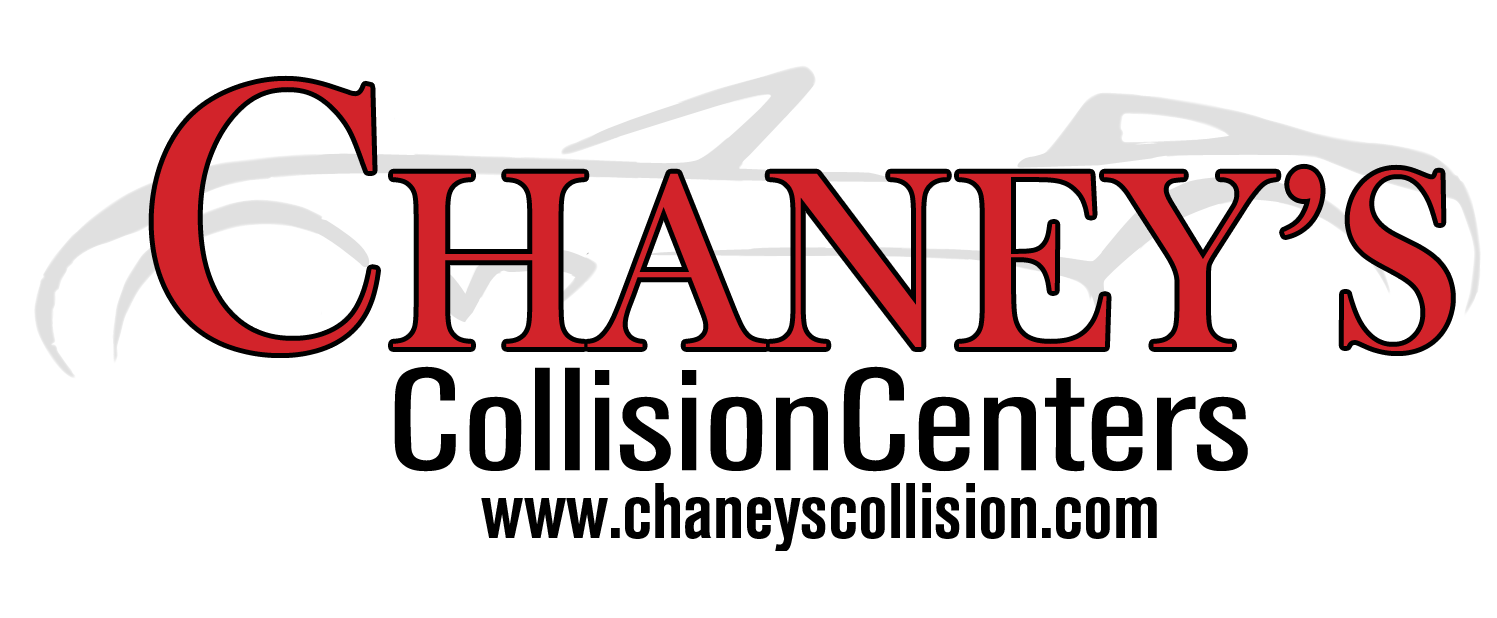The Science Behind Auto Paint Matching Technology
 When your car emerges from a collision repair, nothing is more satisfying than seeing it look as flawless as the day it rolled off the showroom floor.
When your car emerges from a collision repair, nothing is more satisfying than seeing it look as flawless as the day it rolled off the showroom floor.
At Chaney’s Collision Centers, we know that matching the paint perfectly is the key to a seamless, professional finish. But have you ever wondered how today’s collision shops achieve such precision? The answer lies in the fascinating science—and technology—of auto paint matching.
Beyond the Naked Eye: Why Paint Matching Matters
Automotive paint isn’t just about color; it’s about restoring your vehicle’s value and appearance. Modern vehicles feature thousands of unique paint formulations, from metallics to pearls to complex tri-coat systems. Over time, factors like sun exposure and weather can subtly shift your car’s color, making a perfect match even more challenging.
A mismatched panel is an instant giveaway that your vehicle’s been in an accident. That’s why the science behind paint matching is so crucial, especially for discerning drivers who expect perfection after a repair.
The Power of Digital Spectrophotometers
The centerpiece of today’s paint-matching process is the digital spectrophotometer—an advanced tool that captures the precise color data from your vehicle’s existing paintwork. Here’s how it works:
- The technician cleans and prepares the panel, ensuring accurate measurement.
- The spectrophotometer projects light onto the surface, analyzing how it reflects at multiple wavelengths.
- The device creates a digital “fingerprint” representing your vehicle’s exact shade, accounting for age, fading, and finish type.
- This color data is sent to sophisticated software, which compares it against massive databases of paint formulas.
Unlike the old days of guessing or relying solely on paint codes, spectrophotometers dramatically reduce human error and subjective judgment.
Smart Paint Mixing and AI Databases
Once the spectrophotometer delivers its results, the data is matched against cloud-based paint-mixing systems. At Chaney’s, this means leveraging up-to-date, global color libraries—sometimes containing over 70,000 formulas—to replicate your car’s hue with pinpoint accuracy.
Cutting-edge shops now use AI-supported tools that can identify even the most subtle paint variations, allowing experienced and less-experienced technicians alike to consistently achieve amazing results.
After the formula is generated, the paint is mixed using state-of-the-art mixers, ensuring that every drop matches the analyzed shade as closely as possible.
The Human Touch: Blending and Application
Technology alone isn’t enough to guarantee a flawless repair. Skilled technicians at Chaney’s use a process called blending, feathering new paint into adjacent panels to mask any possible shift in color. Expert painters always apply test sprays and inspect them under various lighting to ensure an invisible repair.
Once confirmed, the paint is professionally applied, followed by a protective clear coat for shine and durability.
The Difference at Chaney’s Collision Centers
- Investment in Latest Technology: We equip our facilities with industry-leading color-matching tools and comprehensive paint databases.
- Trained Paint Specialists: Our technicians are experts not only in the science of color but also in the art of applying and blending paint for flawless results.
- Quality and Satisfaction Guarantees: We stand behind each refinish with warranties for lasting satisfaction and value.
Conclusion
Auto paint matching has evolved into a precise science, blending digital spectrophotometry, AI-driven databases, and skilled craftsmanship. At Chaney’s Collision Centers, we turn that science into art—ensuring every vehicle leaves our shop looking as if the accident never happened. Trust us to restore your vehicle’s color, shine, and confidence—mile after mile.
Ready to see our paint-matching experts in action? Contact Chaney’s Collision Centers for a consultation and discover the difference cutting-edge science can make for your vehicle.

